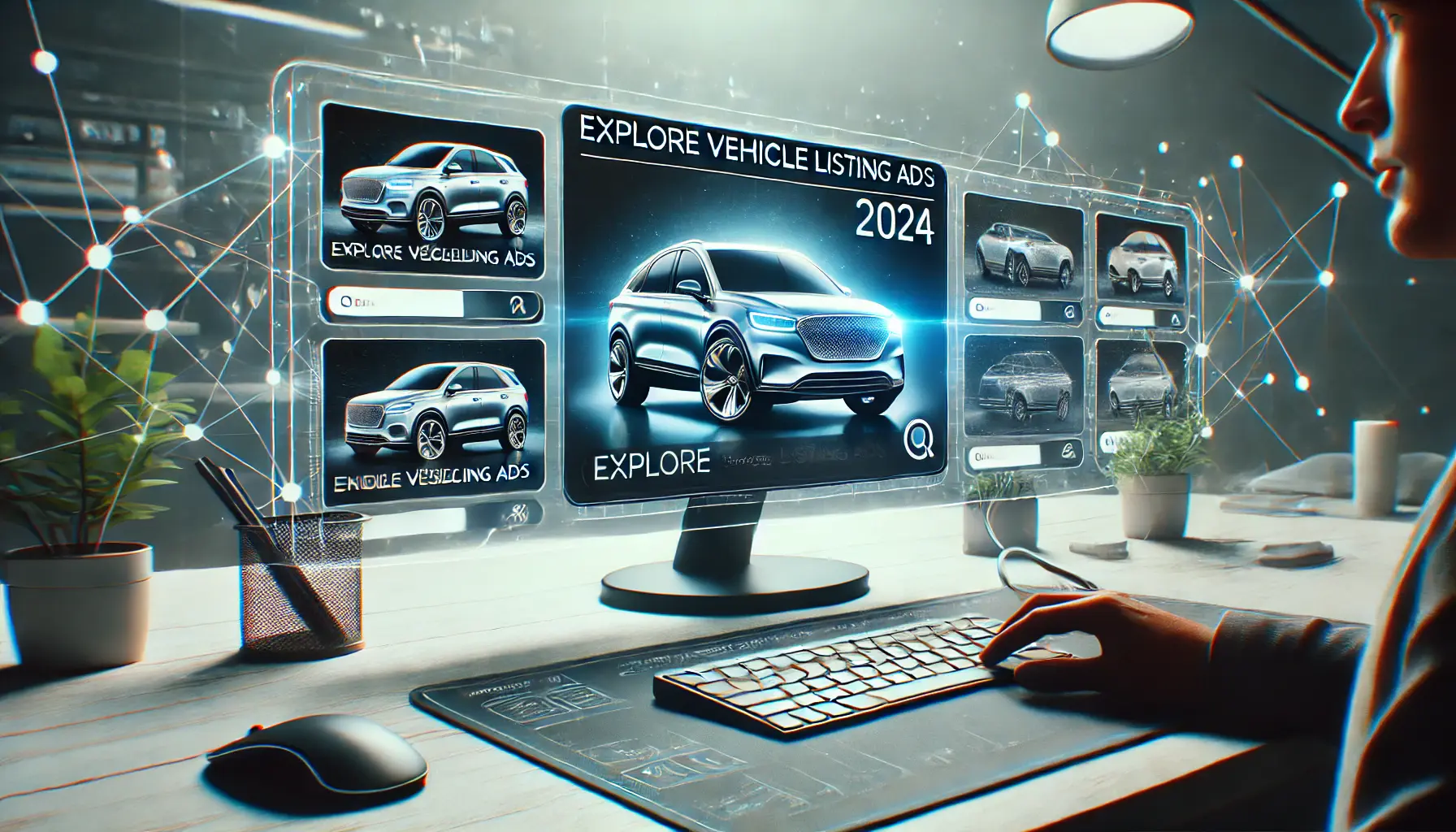In this ever-changing digital marketing space, the game-changer will involve those tools and strategies that help your business connect with your target audience in the right manner.
Vehicle listing ads have grown in recent times to become a pivotal resource for businesses in the automotive industry, as they make inventoryThe stock of vehicles available for sale or lease. more visible and generate interest among prospective buyers.
Moving into 2024, understanding how to optimize vehicle listing ads could make all the difference in your marketing efforts.
This guide dives into three key strategies for maximizing the impact of vehicle listing ads, starting with the foundation—understanding the concept and its significance.
- Understanding Vehicle Listing Ads in 2024
- Strategy 1: Optimizing Your Vehicle Data Feed
- Strategy 2: Leveraging Performance Max Campaigns
- Strategy 3: Enhancing User Experience on Your Website
- Strategy 4: Utilizing Advanced Targeting and Analytics
- Maximizing the Impact of Vehicle Listing Ads: A Recap
- Frequently Asked Questions About Vehicle Listing Ads
Understanding Vehicle Listing Ads in 2024
Vehicle listing ads are a more specialized version of Google Ads, designed to expose automotive inventory directly to customers searching for vehicles online.
Rich vehicle data is utilized to create eye-catching, informative ads showcasing particular details of the make and model, along with price and location.
This ad format works especially well because it ties potential buyers with relevant inventory at a time when they are actively searching, making it a highly conversion-focused tool.
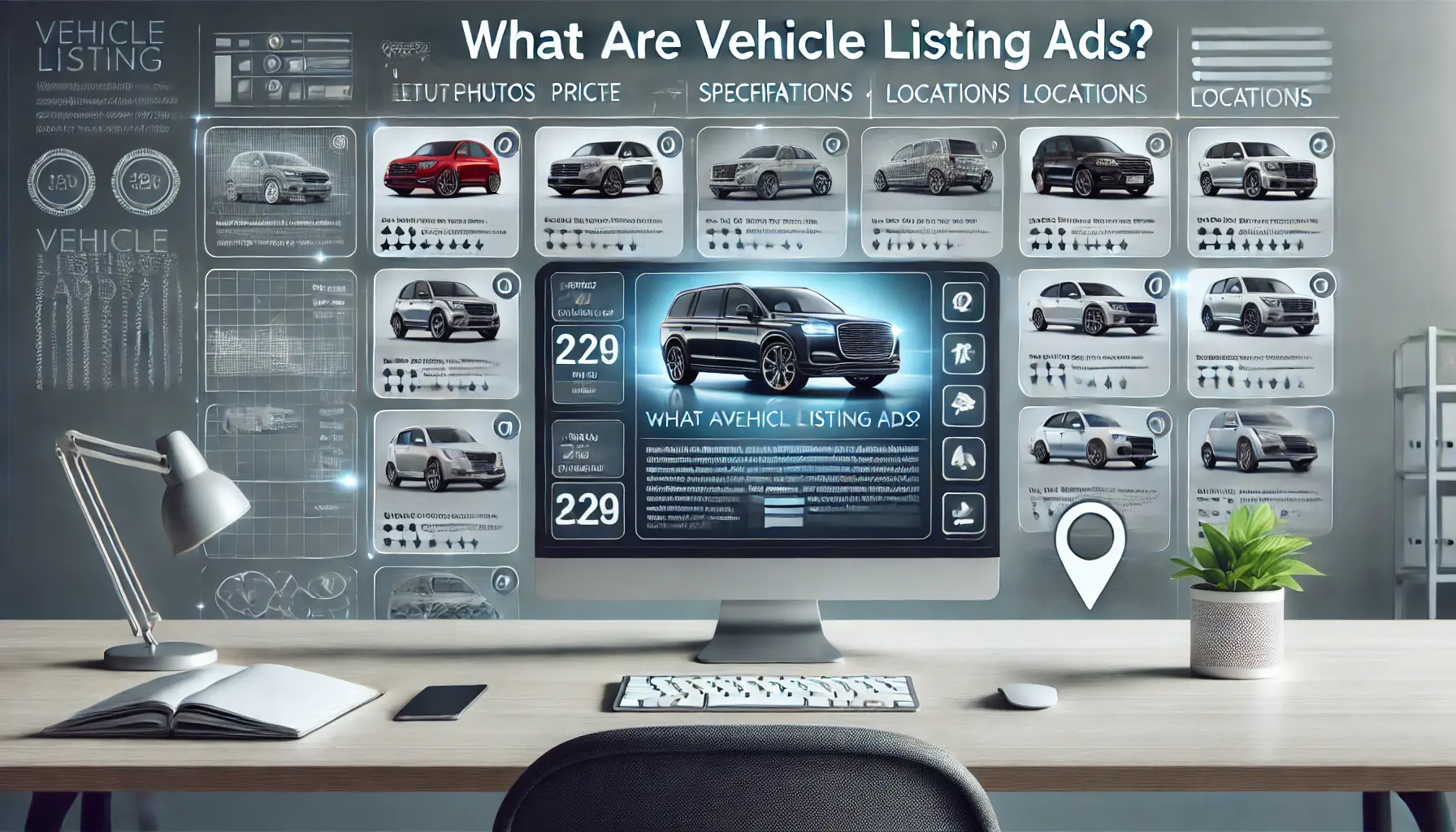
Discover the functionality of vehicle listing ads through this sleek, user-friendly interface.
What Are Vehicle Listing Ads?
Vehicle listing ads are part of Google’s vertical-specific advertising solutions, tailored to meet the unique needs of the automotive industry.
These ads prominently feature your inventory in search results and across various Google properties, allowing you to stand out in a competitive market.
For consumers, this means easier access to the vehicles they want; for businesses, it means better visibility and higher-quality leads.

Witness the evolution of vehicle listing ads from simple designs to advanced, feature-rich formats.
Evolution of Vehicle Listing Ads
The evolution of vehicle listing ads has been remarkable.
From their initial launch as a beta product to now, they have grown into a mainstream advertising alternative for dealerships and auto marketers.
Over time, this format has become increasingly powerful, with enhancements like better data integrations, support for Performance Max campaignsGoogle Ads campaigns designed to maximize performance across all Google properties using AI-driven optimization., and richer ad formats.
In 2024, they are not just about visibility; they are about creating a seamless user experience.
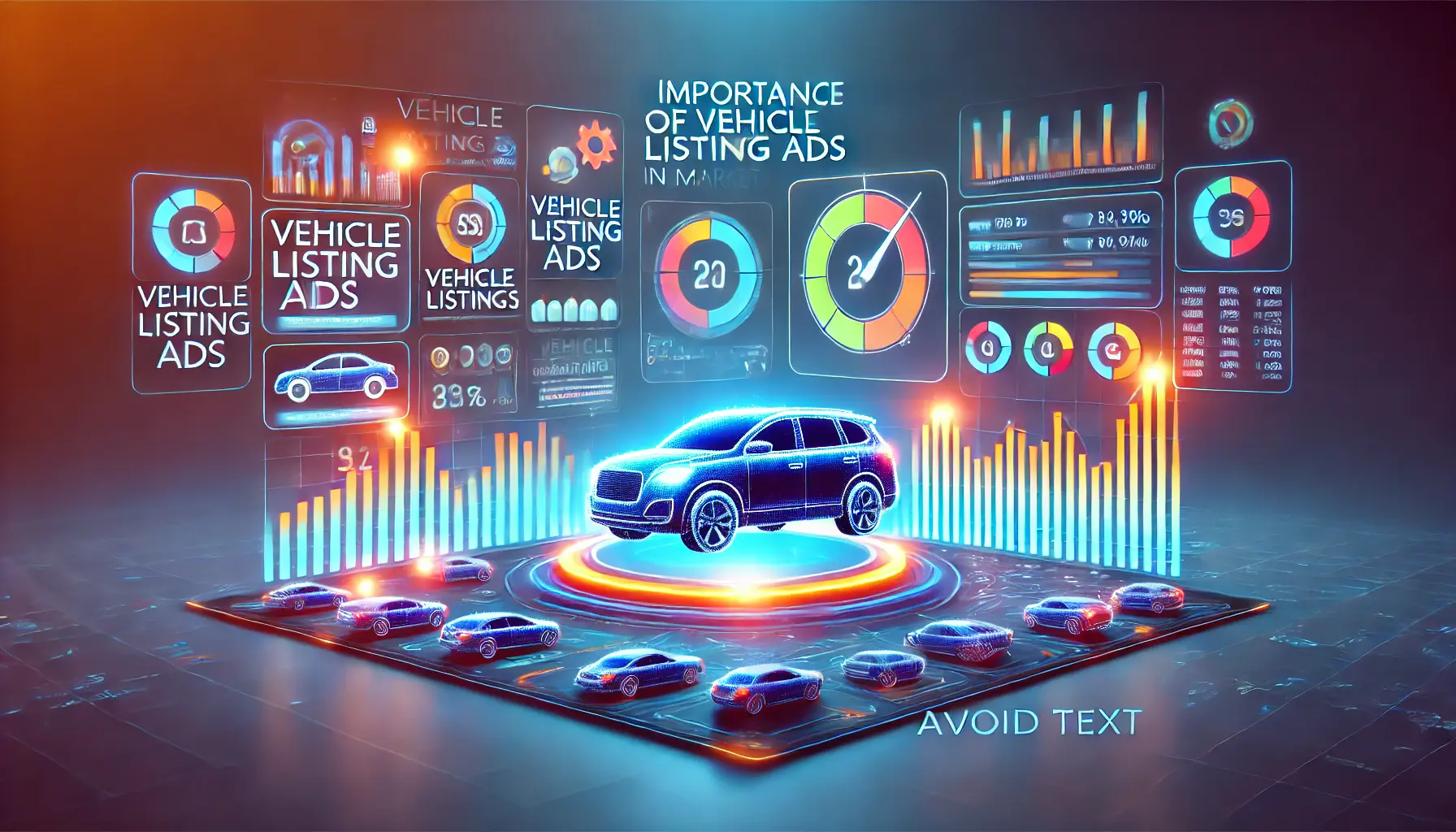
undefined
Importance of Vehicle Listing Ads in Digital Marketing
Vehicle listing ads present a huge opportunity for businesses in the automotive industry to reach an audience of high intent.
By showing detailed information upfront, these ads assist consumers in making quicker decisions, resulting in shorter sales cycles.
Additionally, they provide measurable results, helping businesses identify which vehicles, locations, or ad elements perform best.
In the competitive digital marketing environment, they act as a crucial bridge between online searchers and physical inventory.
By understanding what vehicle listing ads are, how they have evolved, and why they matter, you can begin to unlock their potential in your marketing strategy.
Now let’s dive into the first strategy to optimize these ads: fine-tuning your vehicle data feed.
Vehicle Listing Ads tie buyers to relevant inventory during active search moments, making them a highly conversion-focused tool.
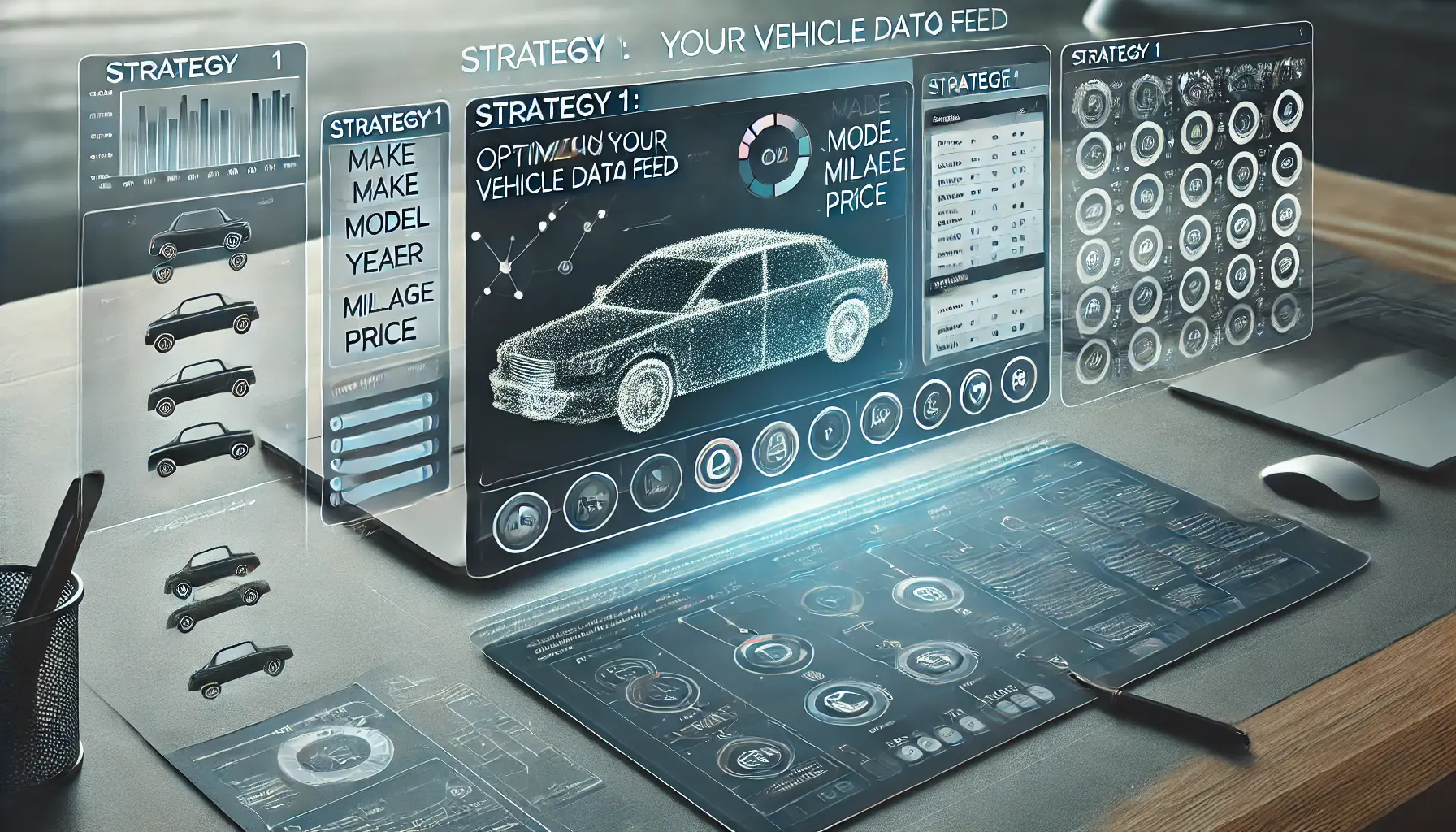
Illustrating the process of optimizing vehicle data feeds for enhanced ad performance.
Strategy 1: Optimizing Your Vehicle Data Feed
A well-optimized vehicle data feed is the cornerstone of successful vehicle listing ads.
It ensures that your advertisements are accurate, appealing, and aligned with potential buyers’ search queries.
By refining your data feed, you enhance the visibility and effectiveness of your vehicle listings.
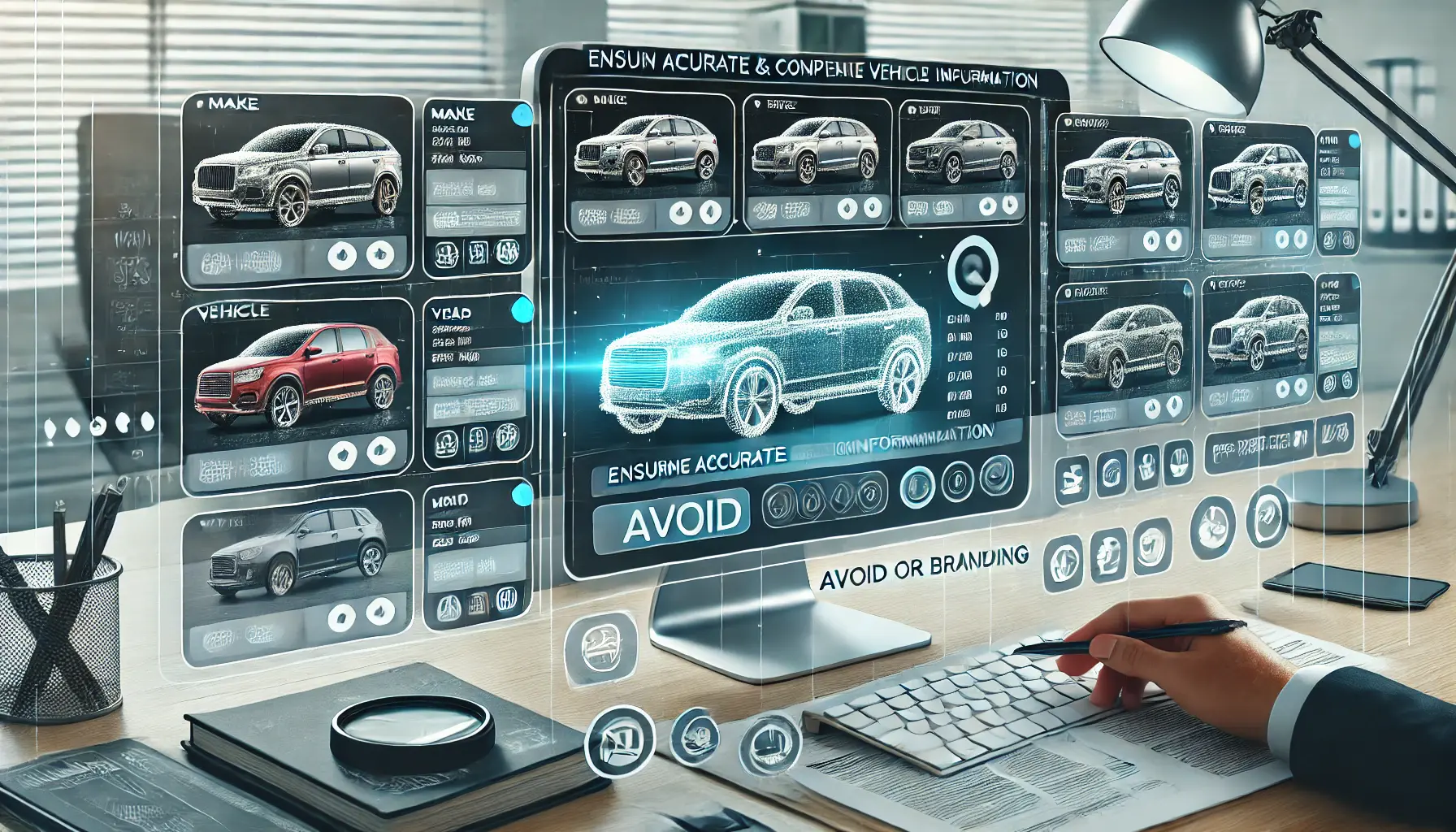
Emphasizing the importance of accurate and comprehensive vehicle information for effective digital listings.
Ensuring Accurate and Comprehensive Vehicle Information
Accuracy in your vehicle data feed builds trust with prospective customers and helps deliver better ads.
To achieve this:
- Include Crucial Information: Provide complete information for each vehicle, including details such as make, model, year, mileage, color, and price. Comprehensive details help Google match your listings with relevant search queries.
- Regular Updates: Keep your inventory data current by updating your feed at least once a day. This practice prevents advertising vehicles that are already sold or unavailable, maintaining a positive standing for your listings.
- Consistent Formatting: Employ standardized date and price formats to maintain uniformity across listings. This improves data processing and enhances the overall presentation of your vehicle listings.
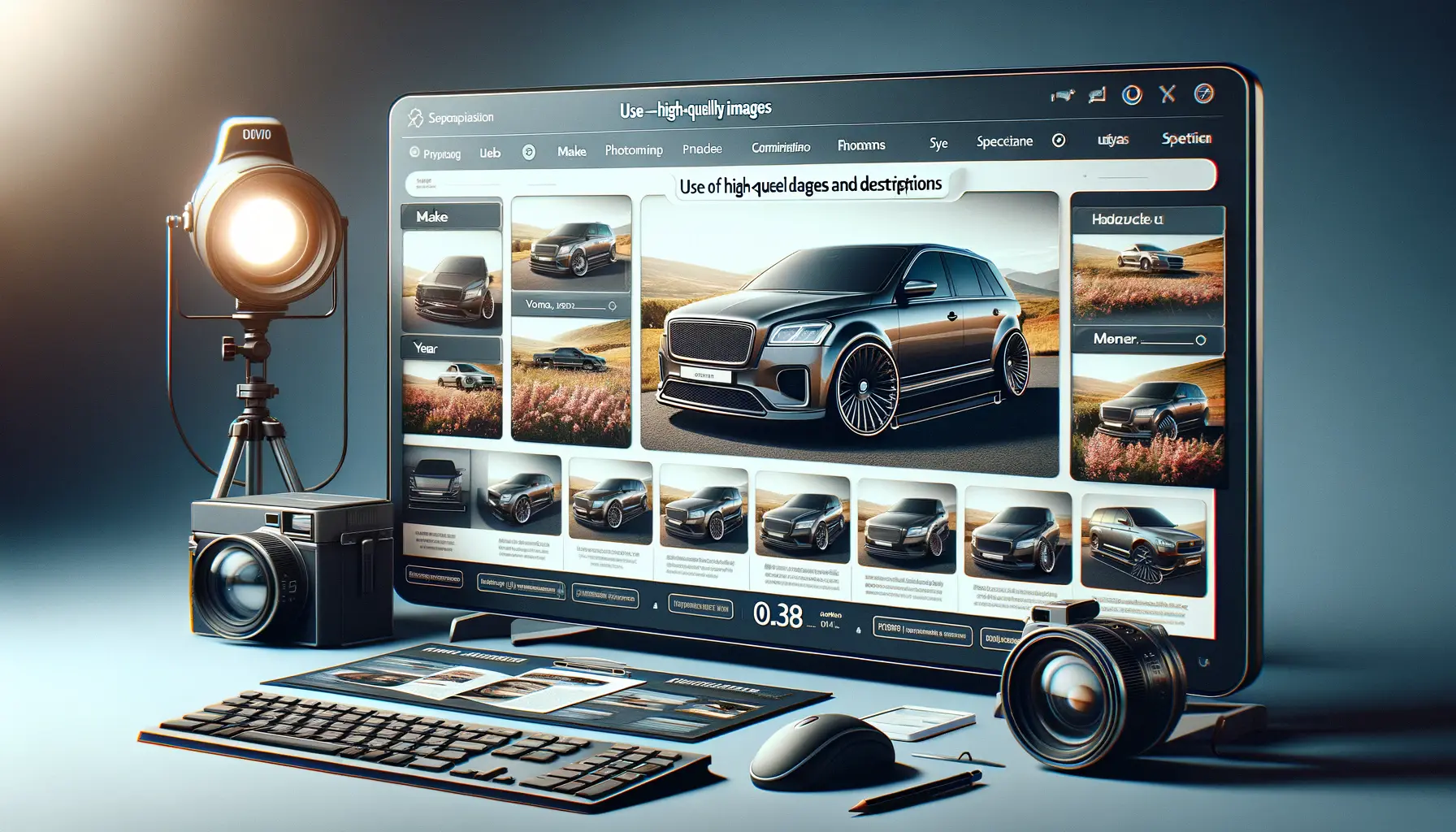
Highlighting the role of high-quality visuals and detailed descriptions in creating compelling vehicle ads.
Use of High-Quality Images and Descriptions
Visual appeal and descriptive clarity significantly influence a buyer’s decision-making process.
To optimize these elements:
- High-Resolution Images: Use clear, high-quality images showcasing the vehicle from various angles. Avoid cluttered backgrounds to ensure the focus remains on the vehicle.
- Detailed Descriptions: Write detailed descriptions highlighting unique features, specifications, and any special offers. The more descriptive your content, the more engaging and useful it will be for potential buyers.
- Consistent Branding: Ensure that your images and descriptions align with your brand’s voice and style, creating a cohesive and professional appearance across all listings.
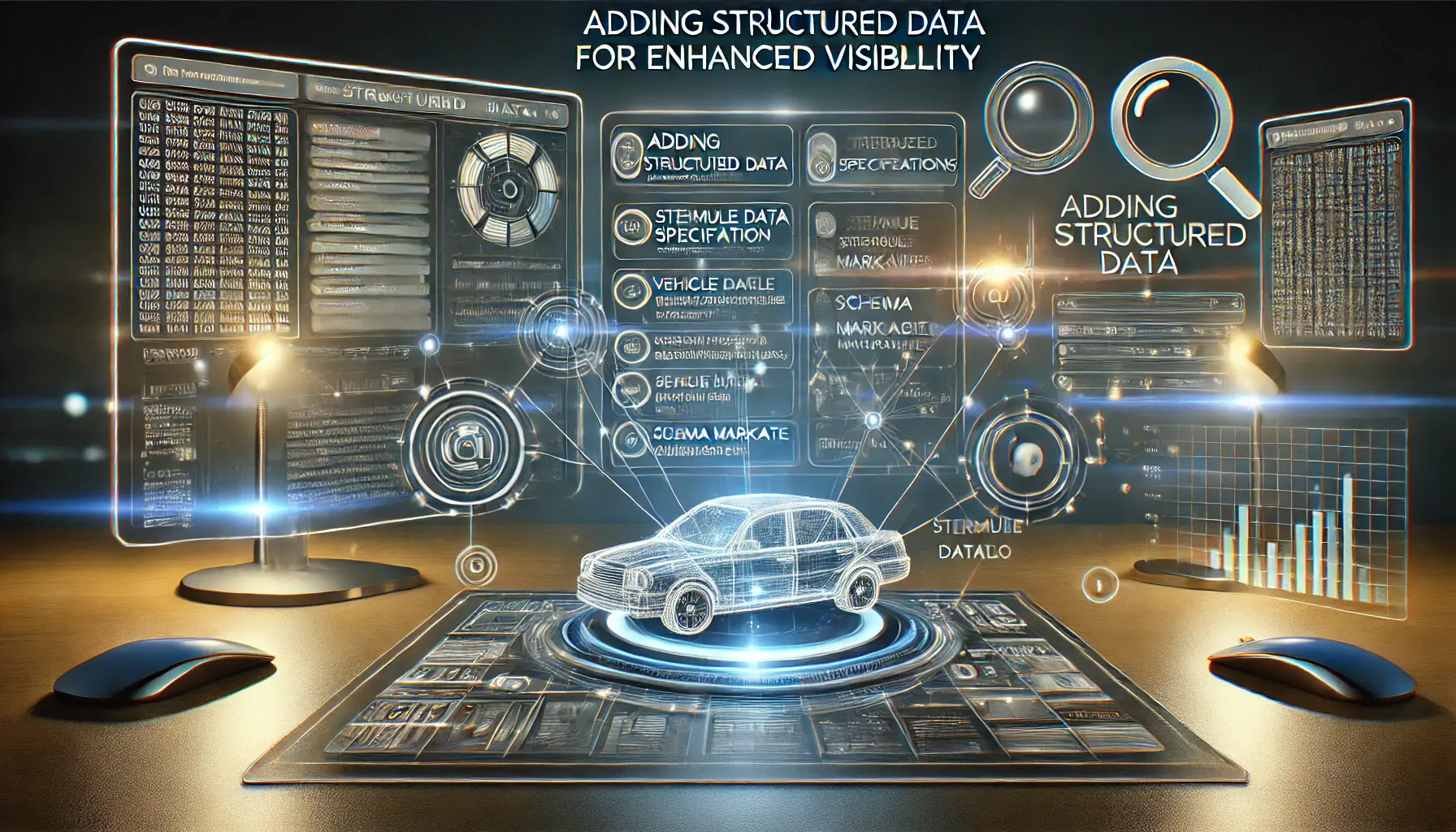
Illustrating the role of structured data in enhancing vehicle listing visibility and search engine performance.
Adding Structured Data for Enhanced Visibility
Structured data helps search engines understand your vehicle listings more clearly and display them more effectively.
To implement this:
- Schema Markup: Apply schema markup to your vehicle pages to provide search engines with detailed information about each listing. This practice can enhance the visibility and presentation of your ads in search results.
- Data Feed Optimization Tools: Use tools like DataFeedWatch to map your data accurately to Google’s required fields, ensuring compliance and optimal performance.
- Regular Audits: Periodically review your feed for errors or inconsistencies and fix them to maintain the quality and efficiency of your listings.
By focusing on the details and optimizing your vehicle data feed, you can create successful vehicle listing ads that drive more visibility and higher-quality leads.
Accurate data feeds, high-quality images, and structured data improve visibility and lead quality in VLAs.
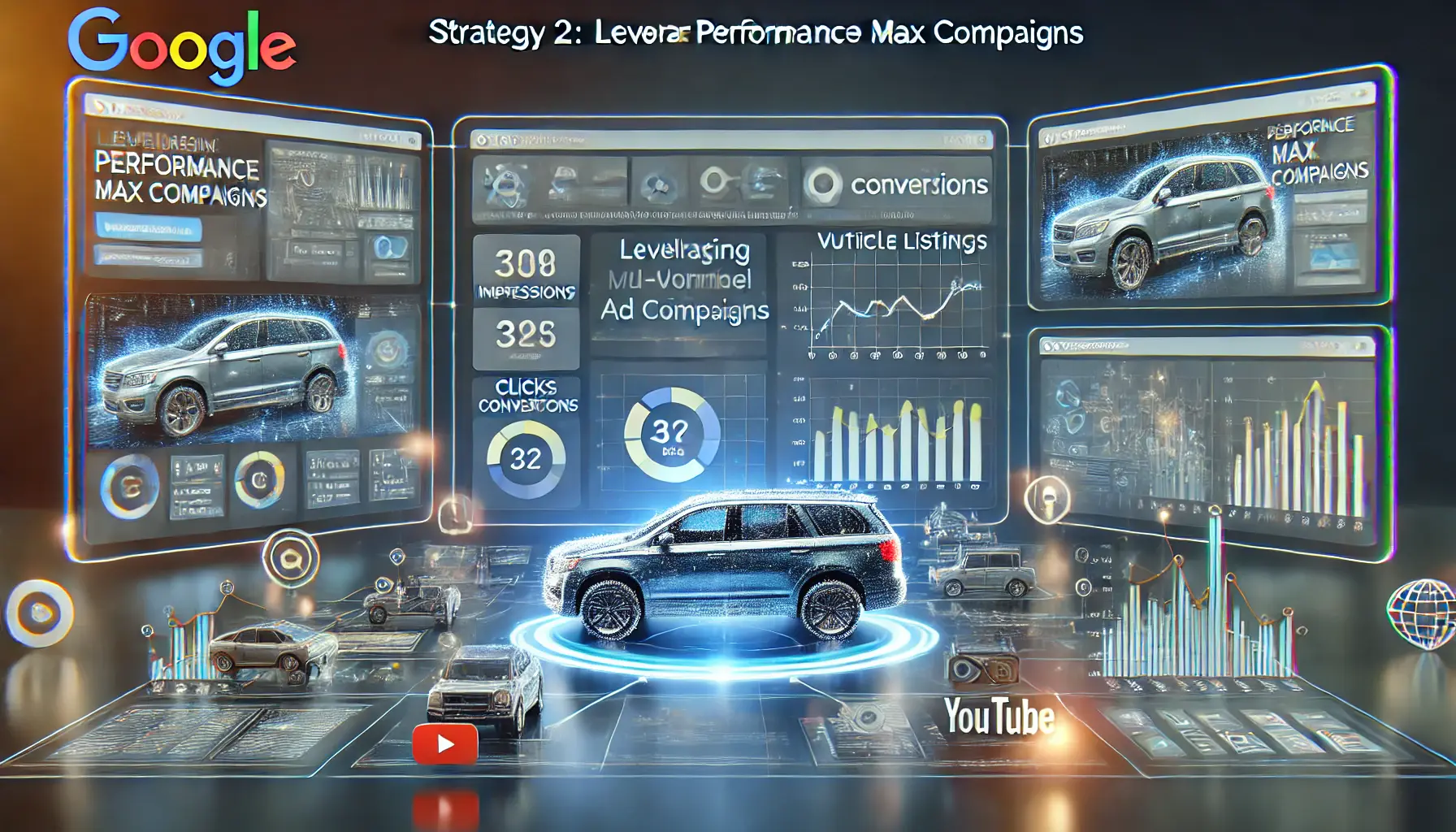
Showcasing the power of Performance Max campaigns in reaching audiences across multiple Google platforms.
Strategy 2: Leveraging Performance Max Campaigns
In 2023, Google upgraded Vehicle Listing Ads into Performance Max campaigns, which offer more touchpoints to reach consumers throughout their research and purchase journey.
With this transition, advertisers can connect with potential buyers across multiple Google platforms, including Search, YouTube, Display, Discover, and Gmail.
Proper utilization of Performance Max campaigns enhances the reach and efficiency of your vehicle listing ads.
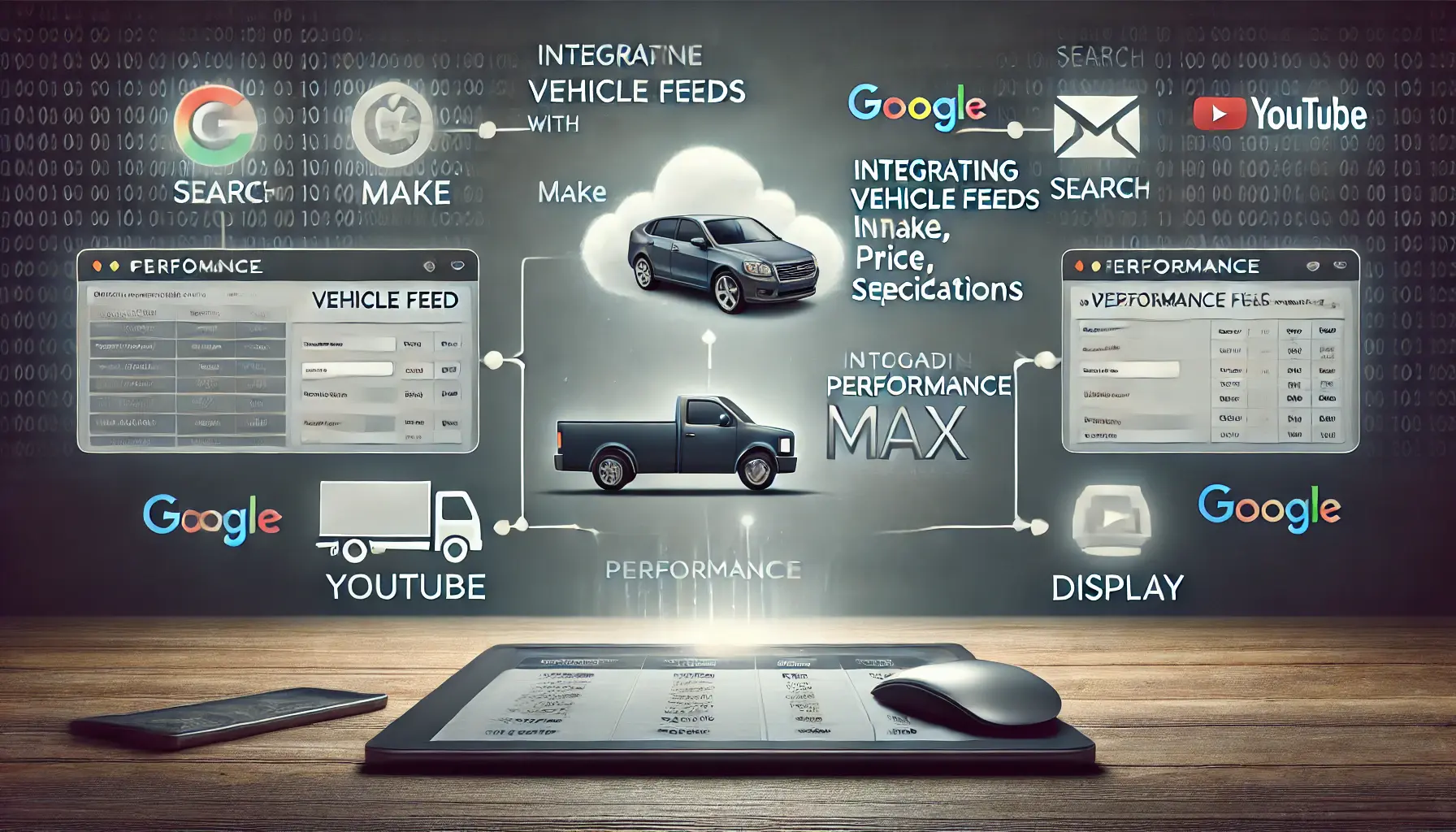
Illustrating seamless vehicle feed integration with Google Merchant Center and Performance Max campaigns.
Integrating Vehicle Feeds with Performance Max
To maximize the benefits of Performance Max campaigns, it’s essential to integrate your vehicle data feed seamlessly.
Here’s how:
- Link Your Merchant Center Account: Ensure your Google Ads account is linked to your Merchant Center account, allowing your vehicle inventory to be utilized in Performance Max campaigns.
- Set Up a Vehicle Feed: Upload a complete and detailed vehicle feed to the Merchant Center, including information such as make, model, price, mileage, and color. This data allows Google to match your listings with relevant search queries.
- Create a Performance Max Campaign: In Google Ads, create a new Performance Max campaign and attach your vehicle feed. This setup enables your ads to appear across various Google channels, increasing visibility.

Highlighting the importance of strategic goal-setting and budget management in digital ad campaigns.
Setting Up Effective Campaign Goals and Budgets
Defining clear objectives and allocating appropriate budgets are crucial for the success of your Performance Max campaigns.
Consider the following steps:
- Define Conversion Goals: Establish specific goals, such as lead generation, website visits, or sales, to guide your campaign strategy.
- Allocate Sufficient Budget: Ensure your campaign has adequate funding to allow Google’s algorithms to optimize performance effectively. Underfunded campaigns may not achieve desired results.
- Monitor Performance Metrics: Regularly review key performance indicators (KPIs) such as click-through rates (CTR), conversion rates, and return on ad spend (ROAS) to assess campaign effectiveness.

Illustrating the importance of monitoring and optimizing ad campaigns through data-driven insights.
Monitoring and Adjusting Campaign Performance
Continuous monitoring and optimization are vital to maintaining and improving the performance of your Performance Max campaigns.
Implement these practices:
- Analyze Performance Reports: Utilize Google’s reporting tools to gain insights into campaign performance and identify areas for improvement.
- Targeting and Bidding Strategy Optimization: Use performance data to refine your audience targeting and bidding strategies, increasing efficiency and effectiveness.
- Test Creative Assets: Experiment with different ad creatives, including images and copy, to determine which ones engage your audience most effectively.
By properly harnessing Performance Max campaigns, you can grow the reach of your vehicle listing ads, engage more audiences, and drive higher-quality leads.
Performance Max campaigns expand ad reach across Google’s platforms, making VLAs more effective in reaching diverse audiences.

Highlighting the importance of a user-friendly and responsive website for an improved customer experience.
Strategy 3: Enhancing User Experience on Your Website
An optimized website is crucial for converting clicks from vehicle listing ads into tangible leads and sales.
A seamless user experience (UX) ensures that potential buyers can easily navigate your site, find the information they need, and take desired actions, such as scheduling a test drive or contacting your dealership.
By focusing on UX, you can significantly improve engagement and conversion rates.

Demonstrating the importance of responsive design for an optimized mobile user experience.
Implementing Responsive Design for Mobile Users
With a substantial number of users accessing websites via mobile devices, it’s imperative that your site is mobile-friendly.
To achieve this:
- Responsive Design: Ensure your website adapts seamlessly to various screen sizes and orientations, providing a consistent experience across devices.
- Fast Loading Times: Optimize images and minimize code to reduce loading times, as slow pages can deter potential customers.
- Touch-Friendly Navigation: Design buttons and links that are easily tappable, making their usage friendly for mobile users.
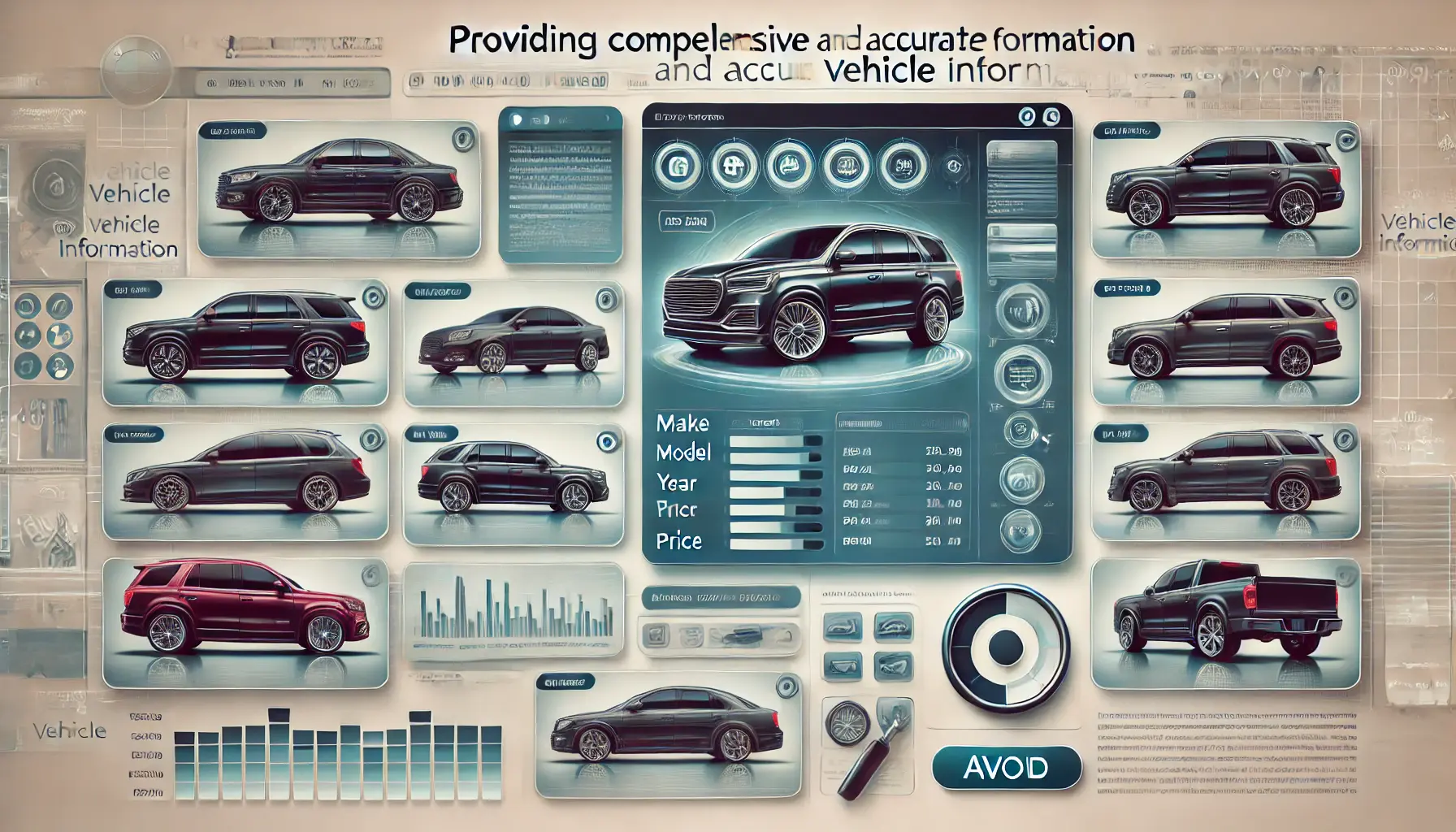
Showcasing the importance of detailed and accurate vehicle information for effective listings.
Providing Comprehensive and Accurate Vehicle Information
Transparency and detailed information within your vehicle listings inspire confidence and help buyers make informed decisions.
To improve your listings:
- Detailed Descriptions: Provide comprehensive details about specifications, features, and other important information related to each vehicle.
- Quality Images: Include several sharp images for each vehicle taken from different angles. Be sure to include both interior and exterior shots.
- Virtual Tours: Incorporate 360-degree views or video tours where potential buyers can see the overall condition of the vehicle.
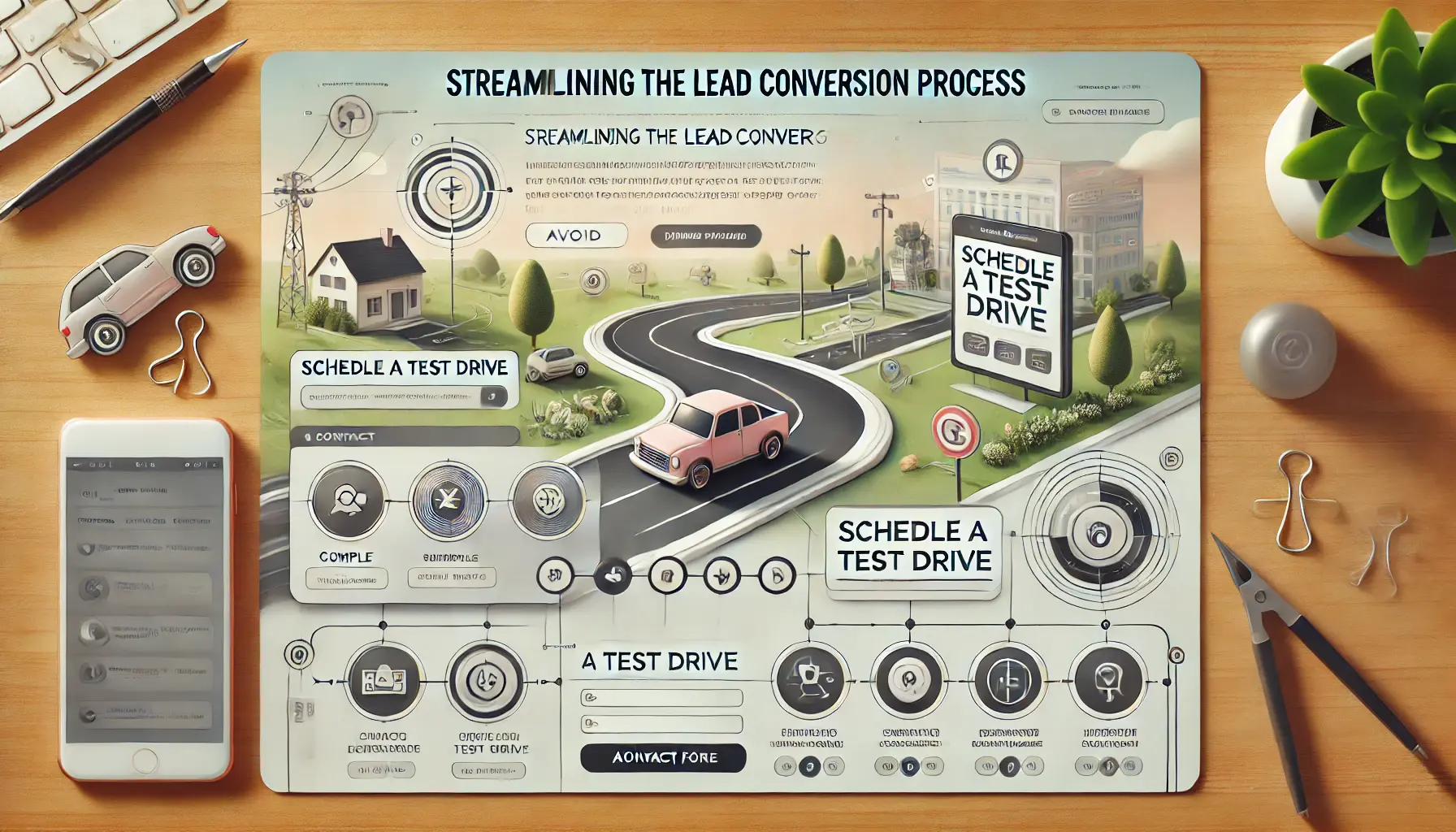
Highlighting efficient and user-friendly design elements for better lead conversion.
Streamlining the Lead Conversion Process
The simpler the process is for users to contact you or take any action, the greater the chances are that they will do so.
Consider the following:
- Clear Calls-to-Action (CTAs): Employ credible and succinct CTAs that direct users to take a desired action, such as “Schedule a Test Drive” or “Contact Us.”
- Easy-to-Use Forms: Make the forms simple and require minimal information from the user to avoid disrupting the conversion process.
- Live Chat Support: Provide live chat to offer real-time support and answer user queries instantly.
By optimizing the user experience of your website, you’re creating a far more interactive and smooth platform for prospective buyers, which in turn leads to a higher conversion rate and happier customers.
A seamless user experience increases conversions. Focus on responsive design, clear CTAs, and detailed vehicle information.

Emphasizing the role of advanced targeting and analytics in optimizing marketing campaigns.
Strategy 4: Utilizing Advanced Targeting and Analytics
To maximize the effectiveness of your vehicle listing ads, it’s essential to implement advanced targeting strategies and leverage analytics.
By reaching the right audience and continuously refining your campaigns based on data insights, you can enhance engagement and drive higher conversion rates.
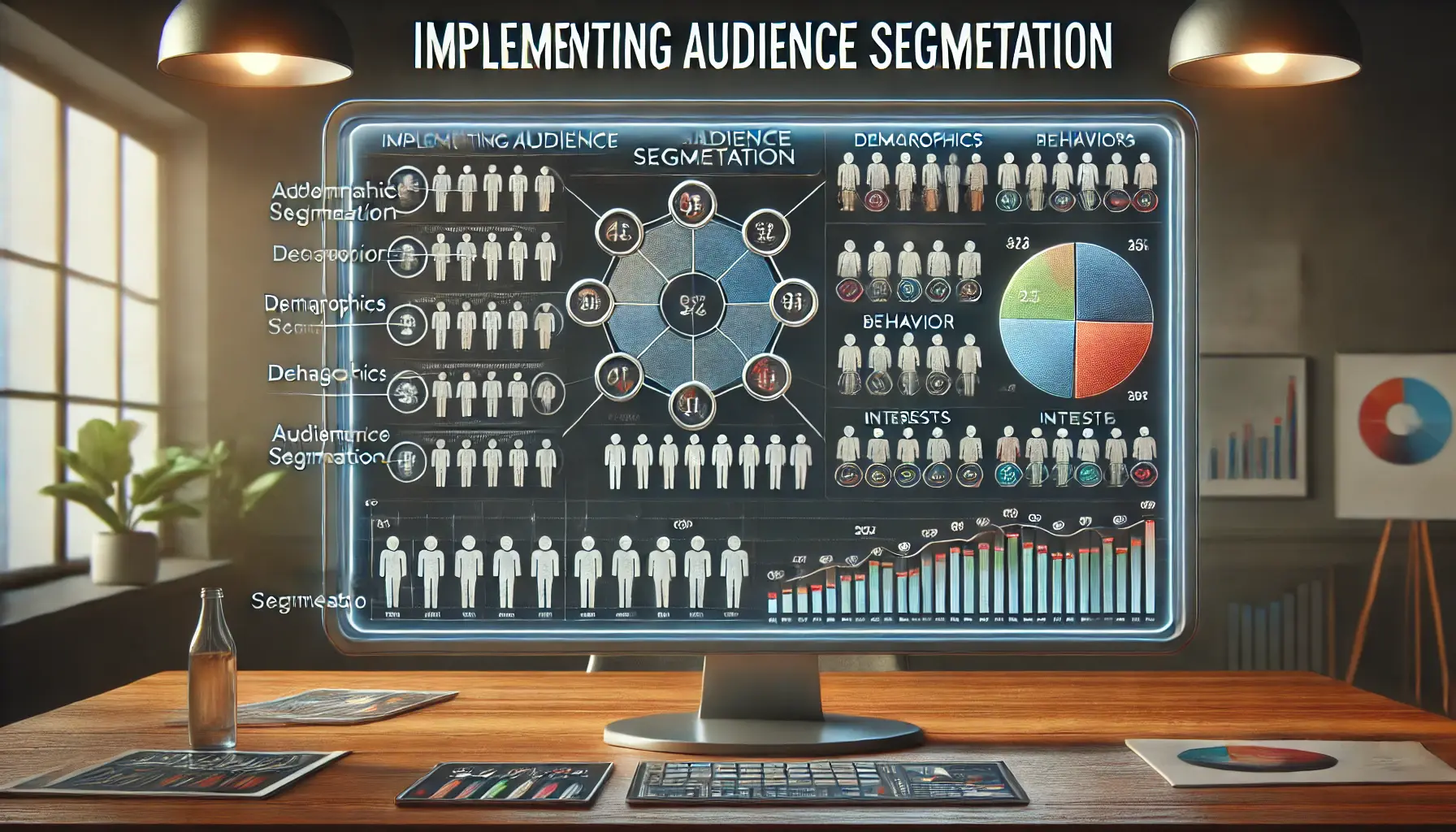
Illustrating the process of audience segmentation for more targeted and effective digital marketing.
Implementing Audience Segmentation
Audience segmentation enables you to tailor your ads to specific groups so that your messaging resonates with potential buyers.
Consider the following approaches:
- Demographic Targeting: Use attributes such as age, gender, income, and other measurable factors to target audiences most likely to be interested in the vehicles you represent.
- Geographic Targeting: Focus on users based on their location, for example, targeting those within a close distance from your dealership to attract local buyers.
- Behavioral Targeting: Analyze user behavior, such as browsing history and interactions on your website, to serve ads to individuals who have shown interest in similar vehicles.
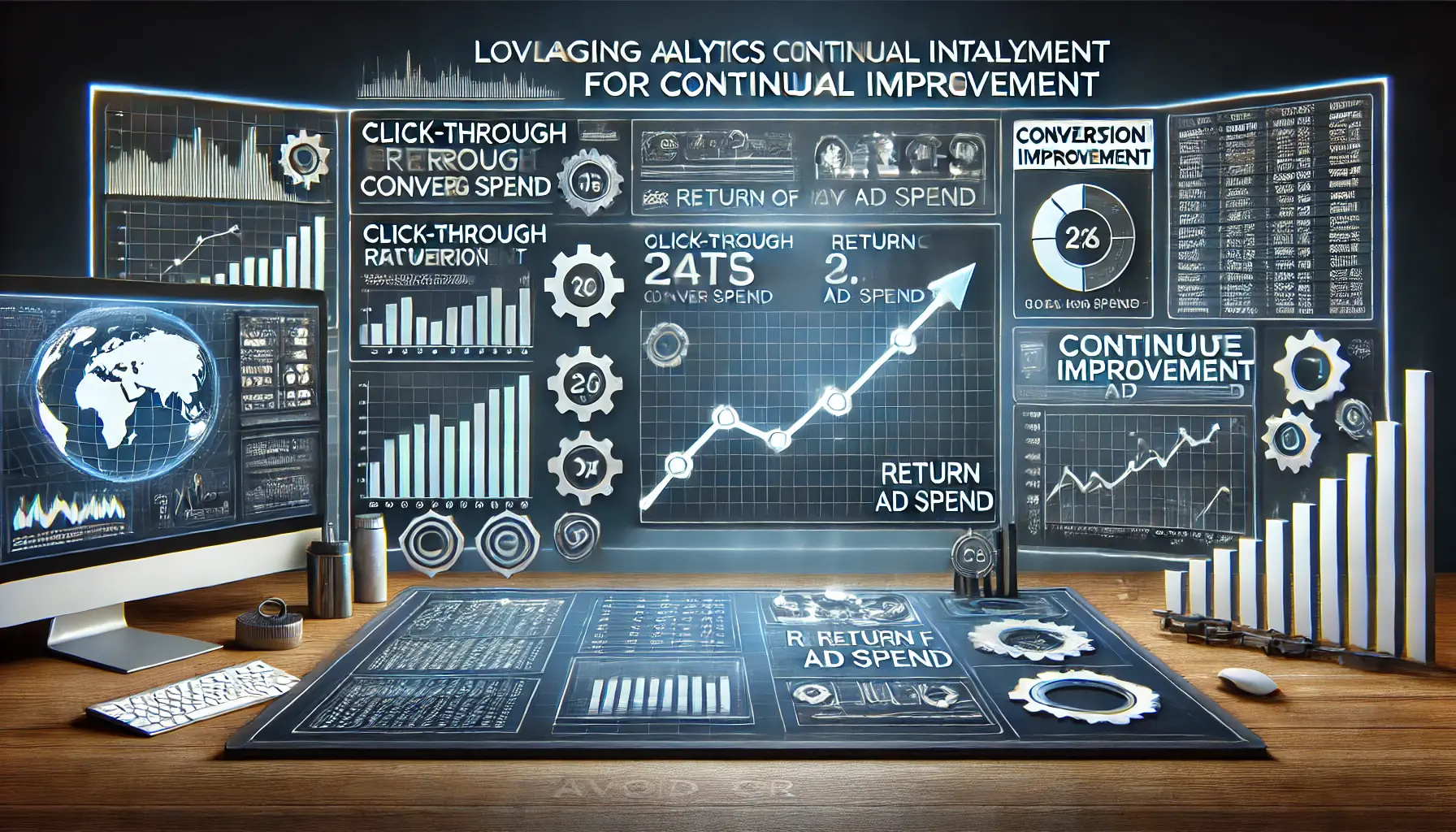
Illustrating the use of analytics to optimize marketing performance over time.
Leveraging Analytics for Continuous Improvement
The key to optimizing vehicle listing ad campaigns lies in regular analysis of performance data.
Employ the following practices:
- Monitor Key Performance Indicators (KPIs): Track metrics such as click-through rates (CTR), conversion rates, and return on ad spend (ROAS) to evaluate campaign effectiveness.
- A/B Testing: Test different ad creatives, headlines, and calls-to-action to determine which variations yield the best results.
- Adjust Bidding Strategies: Use insights from analytics to refine your bidding strategy, allocating more budget to high-performing ads while reducing spend on underperforming ones.
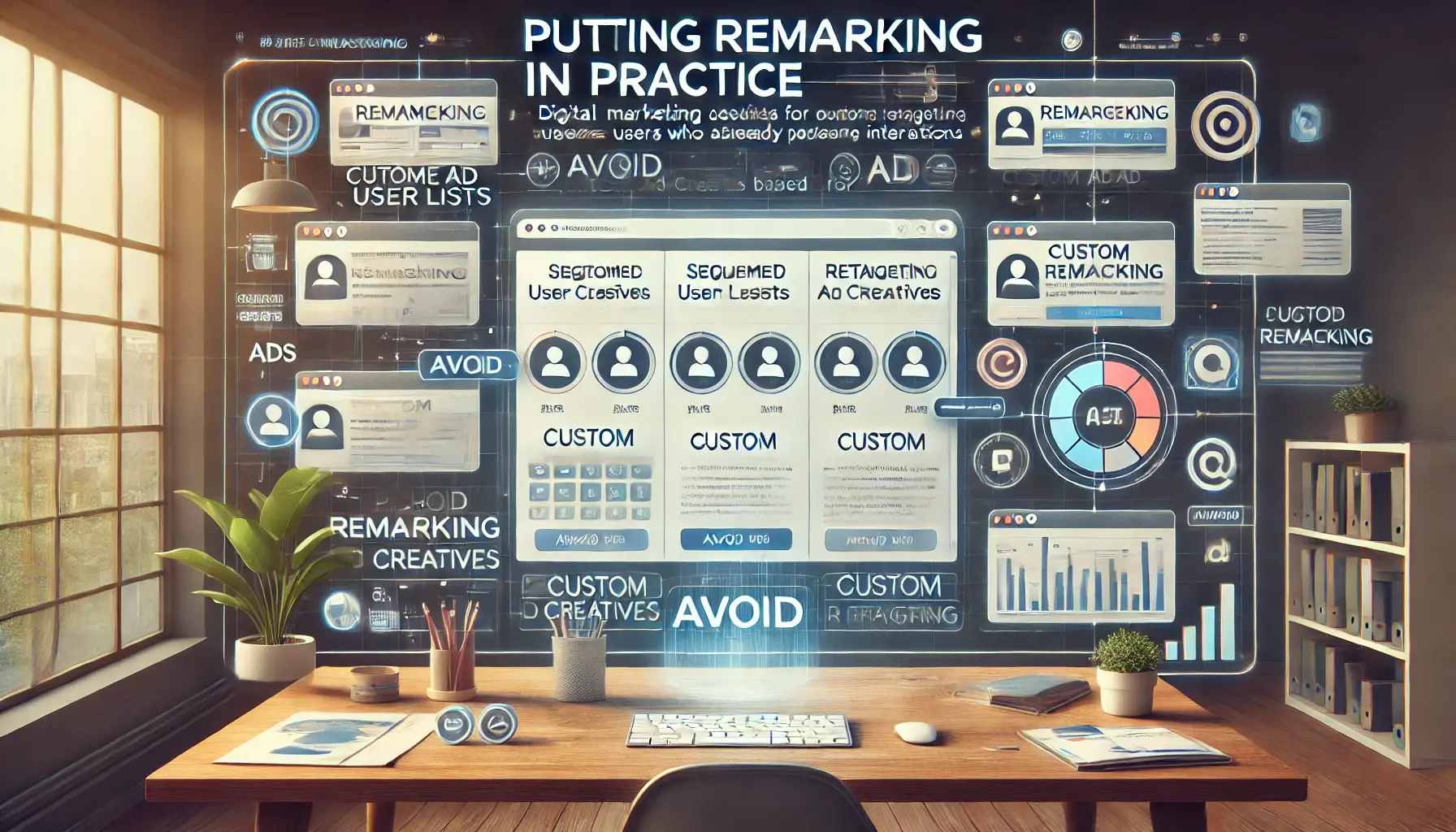
Demonstrating the process of engaging previous website visitors through remarketing campaigns.
Putting Remarketing into Practice
Remarketing enables you to reconnect with users who have previously interacted with your website or ads, keeping your offerings top-of-mind.
To implement remarketingA digital marketing strategy that targets users who have previously interacted with a website or advertisement. effectively:
- Set Up Remarketing Lists: Segment users based on interactions, such as visiting specific vehicle pages or initiating contact forms.
- Customize Ad Content: Create targeted ads that address the specific interests or needs of each remarketing list to increase relevance and engagement.
- Frequency Capping: Limit the number of times your remarketing ads are shown to avoid ad fatigue and ensure a positive user experience.
Implementing advanced targeting strategies and leveraging analytics will ensure that your vehicle listing ads reach highly relevant audiences while continuously improving their performance.
Advanced targeting strategies like segmentation and remarketing, paired with analytics, enhance VLA campaign success.
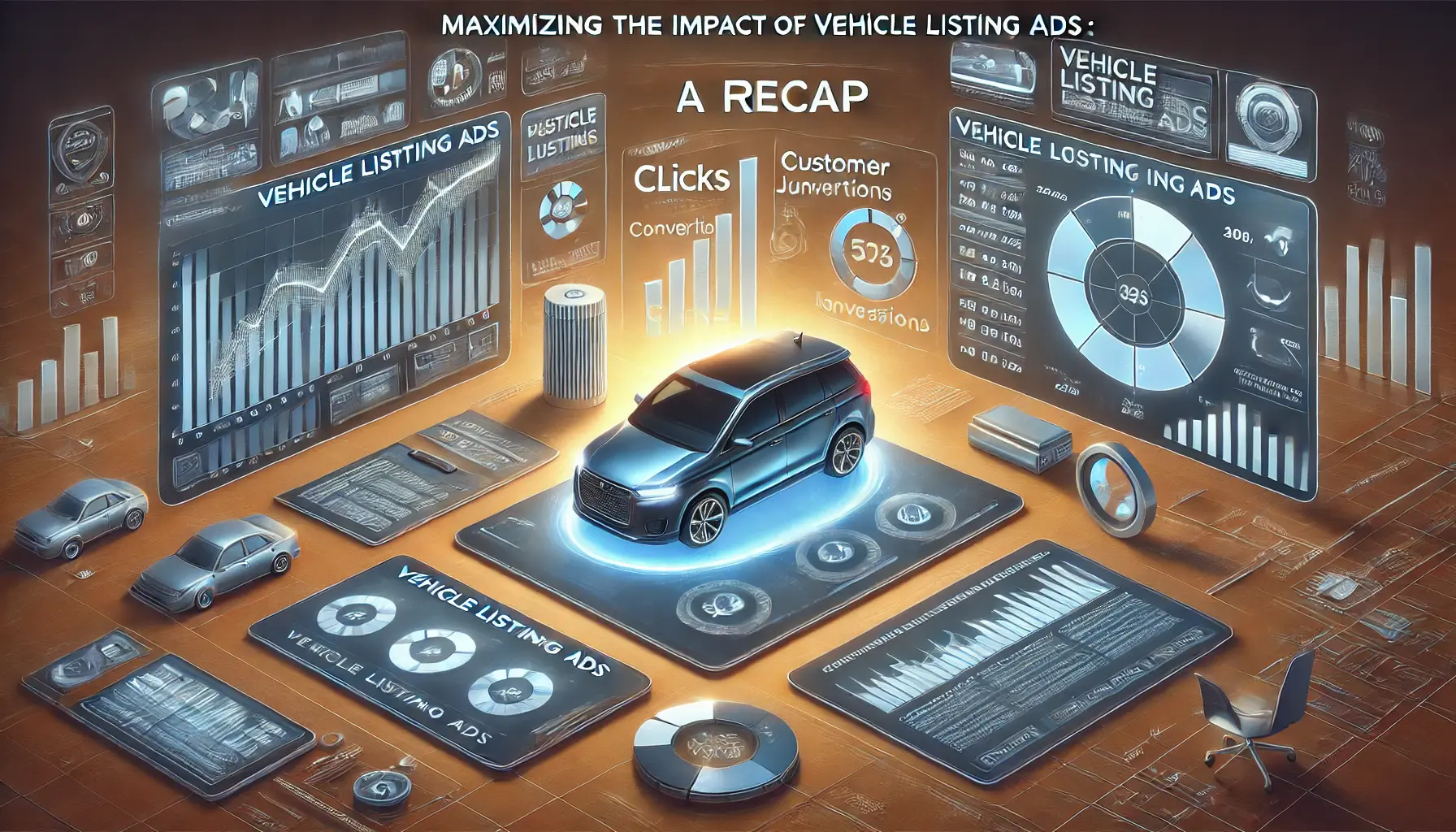
Summarizing the impact and performance of vehicle listing ads to optimize results.
Maximizing the Impact of Vehicle Listing Ads: A Recap
Vehicle listing ads are a game-changing tool in the digital marketing landscape for the automotive industry.
By understanding and applying the strategies discussed in this article, businesses can maximize the effectiveness of these ads and achieve better results in 2024.
Let’s recap the key takeaways to ensure your campaigns are optimized for success.
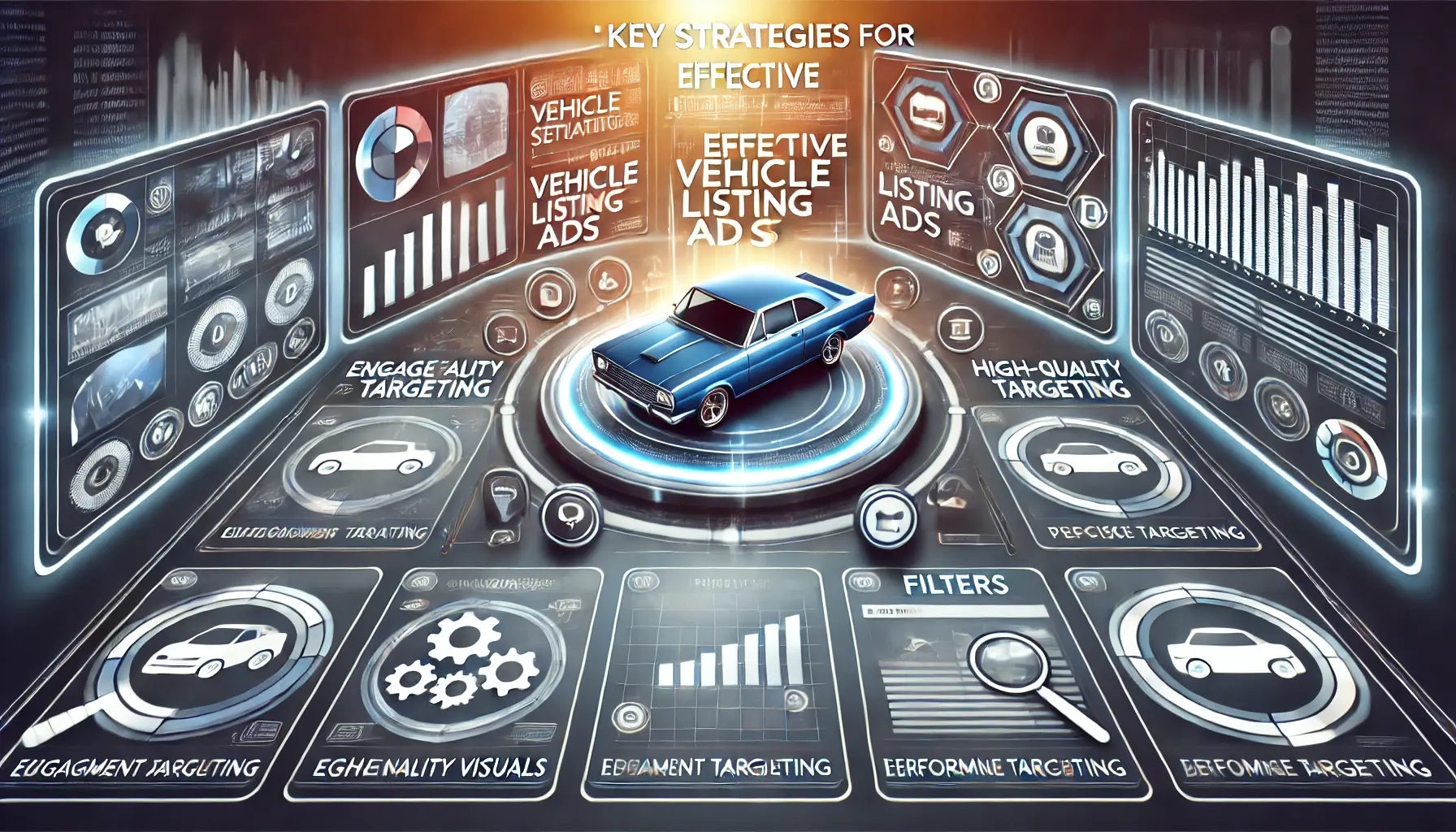
Showcasing key strategies for improving the performance of vehicle listing ads through targeting and data-driven optimization.
Key Strategies for Effective Vehicle Listing Ads
- Optimize Your Vehicle Data Feed: Accurate and comprehensive data is essential. Include all necessary details such as make, model, price, and mileage. Use high-quality images and detailed descriptions to attract potential buyers.
- Leverage Performance Max Campaigns: Take advantage of Google’s upgraded advertising capabilities. Integrate your data feed, set clear goals, and continuously monitor and adjust your campaigns for optimal performance.
- Enhance Website User Experience: Ensure your website is mobile-friendly, fast-loading, and easy to navigate. Provide detailed vehicle information, quality visuals, and simple forms to streamline user interactions.
- Implement Advanced Targeting and Analytics: Use audience segmentation, track KPIs, and refine bidding strategies. Employ remarketing techniques to re-engage potential buyers and improve campaign effectiveness.

Emphasizing the growing importance of vehicle listing ads for visibility and engagement in 2024.
Why Vehicle Listing Ads Matter in 2024
As digital marketing evolves, vehicle listing ads remain a critical bridge between online searchers and automotive inventory.
By leveraging advanced tools and strategies, businesses can reach the right audience at the right time, driving meaningful interactions and conversions.
These ads not only boost visibility but also ensure a competitive edge in a crowded marketplace.
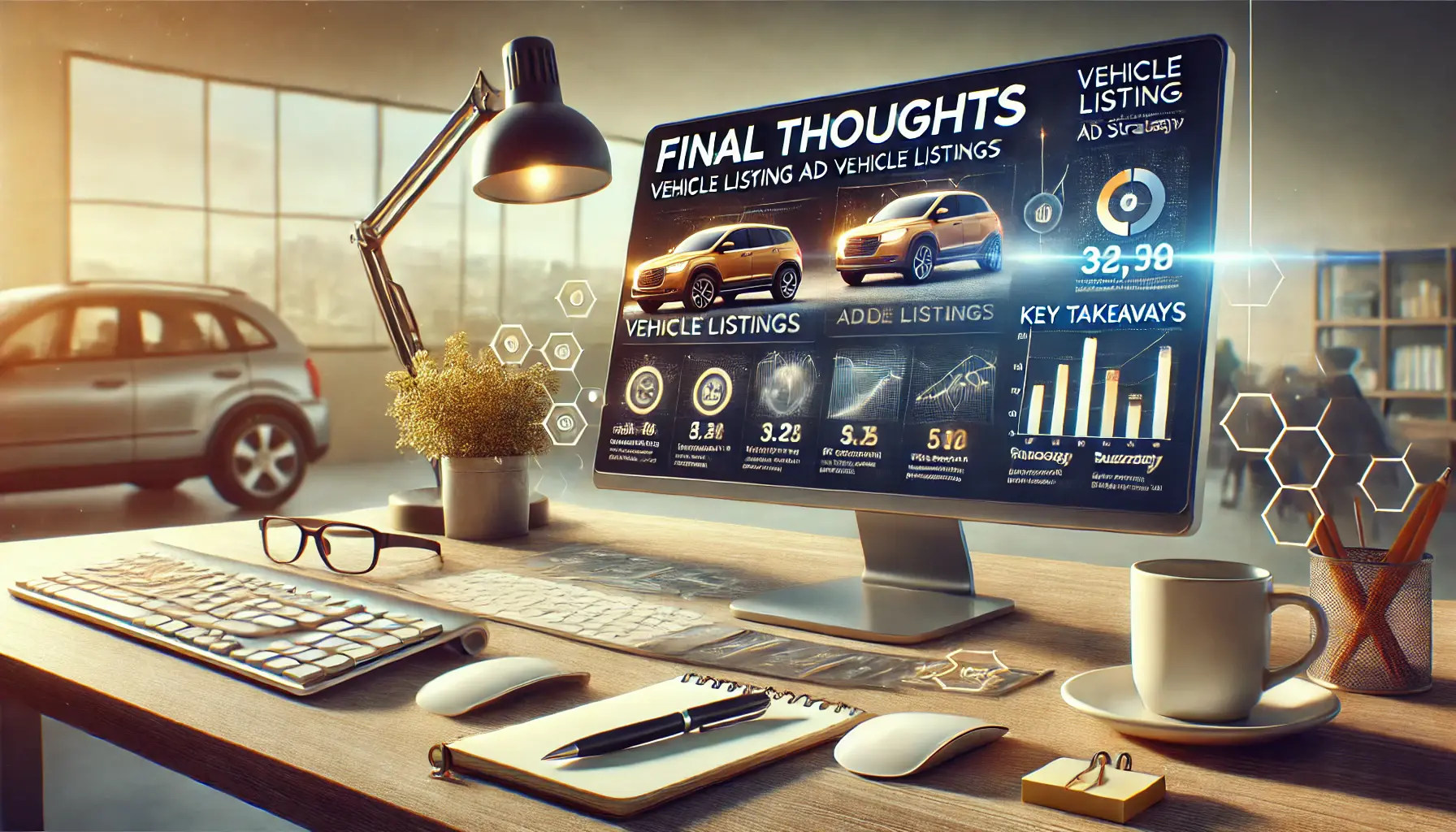
Reflecting on key insights and strategies for effective vehicle listing ads.
Final Thoughts
By incorporating these strategies into your advertising, you will be able to fully take advantage of vehicle listing ads to deliver real and usable growth.
Remember, it’s all about constant refinement: performance monitoring, testing new approaches, and paying attention to industry trends.
With these steps, you can position your business for success and make the most of the opportunities that vehicle listing ads offer in 2024 and beyond.
Key strategies like data feed optimization, Performance Max campaigns, and user-centric websites make VLAs highly effective in 2024.

Illustrating a user-friendly platform for exploring common questions about vehicle listing ads.
Your campaigns can be managed by an agency specialized in Google Ads, check out our service page.
Frequently Asked Questions About Vehicle Listing Ads
Vehicle Listing Ads (VLAs) are a powerful tool in digital marketing for the automotive industry.
Below are some common questions and concise answers to help you understand and effectively utilize VLAs.
Vehicle Listing Ads are specialized Google Ads that showcase automotive inventory directly to users searching for vehicles online, displaying details like make, model, price, and location.
Unlike standard Google Ads, VLAs are tailored for the automotive sector, providing detailed vehicle information and images, enhancing user engagement and lead quality.
VLAs increase visibility, attract high-intent buyers, and provide detailed vehicle information upfront, leading to higher-quality leads and improved conversion rates.
Ensure your vehicle data feed is accurate and comprehensive, use high-quality images, leverage Performance Max campaigns, and continuously monitor and adjust your campaigns based on analytics.
As of now, VLAs are available in select countries, including the U.S., Canada, the U.K., and Australia.
Availability may expand in the future.
VLAs appear on Google Search, Display Network, YouTube, and Gmail, reaching users across multiple touchpoints in their vehicle-buying journey.
Yes, a Google Merchant CenterA Google platform where businesses upload and manage product data for use in Google Ads. account is required to upload your vehicle inventory data feed, which is essential for running VLAs.
It’s recommended to update your vehicle data feed at least once daily to ensure accurate and current inventory information in your ads.
Yes, Google Ads provides performance metrics for VLAs, allowing you to monitor key indicators like click-through rates, conversions, and return on ad spend.
